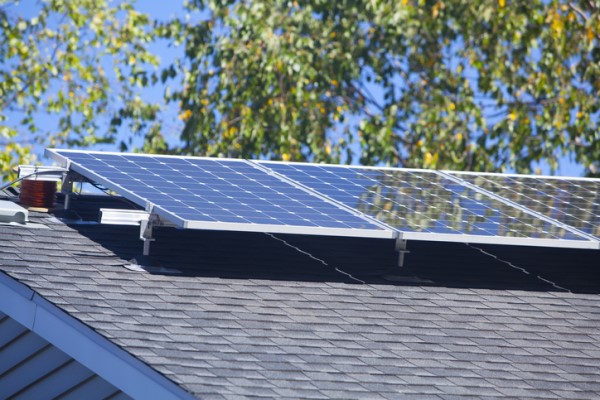Solar power export is rapidly becoming a no-no
It was inevitable that rooftop solar power export would be limited given the national expansion of solar capacity is equaling that of large-scale generation. Phil Kreveld writes.
“The modelling by engineering firm Jacobs in 2021 warned that Victoria’s minimal operational demand for power was projected to deteriorate because of the increasing contribution of rooftop solar, shifting the lowest-load periods to the middle of the day and creating ‘new challenges’ for the electricity system,” writes Gus McCubbing and Patrick Durkin on the Australian Financial Review.
ADVERTISEMENT
Solar system contractors are well aware of limits to photo voltaic system size. These vary by state jurisdiction and in the case of Victoria, new rules were proclaimed that not only limit export but allow control of inverters to prevent export of power—all this at the behest of the Australian Energy Market Operator AEMO).
The Victorian government had hoped to keep ‘shtum’ about it but the opposition got cranky applying FOI, so householders would get to know about this if they did not already! The real problem is that the transmission network was not designed for little or no power flow. When that happens during the middle of the day with the sun shining brightly, a transmission line acts like a giant capacitor and charges up to a higher voltage than its nominated voltage. Voltage control for AEMO then becomes very difficult!
This has already caused it to enforce that some large battery storage systems connected to transmission, be in discharged state at the start of daylight hours so as to guarantee minimum required power flow in transmission lines.
The Clean Energy Council is of course regulating the so-called ‘emergency backstop’ and now prescribes that it must be fitted or be an integral part of a domestic inverter per October last year on new installations. The emergency backstop will prevent inverters from exporting power in order to ensure sufficient demand for transmission grid and distribution grid stability.
So, here’s a question for the propeller heads amongst our followers: It’s high noon, the sun is beating down on your solar panels and the MPPT tracker is setting you up for maximum power (panel voltage multiplied by panel current), e.g.; 10KW. But no one’s home, except for the fridge (and, oh, your home battery was already fully charged). Where does the excess power go when the ‘emergency backstop’ stops your inverter from exporting the power excess?
-
ADVERTISEMENT
-
ADVERTISEMENT


